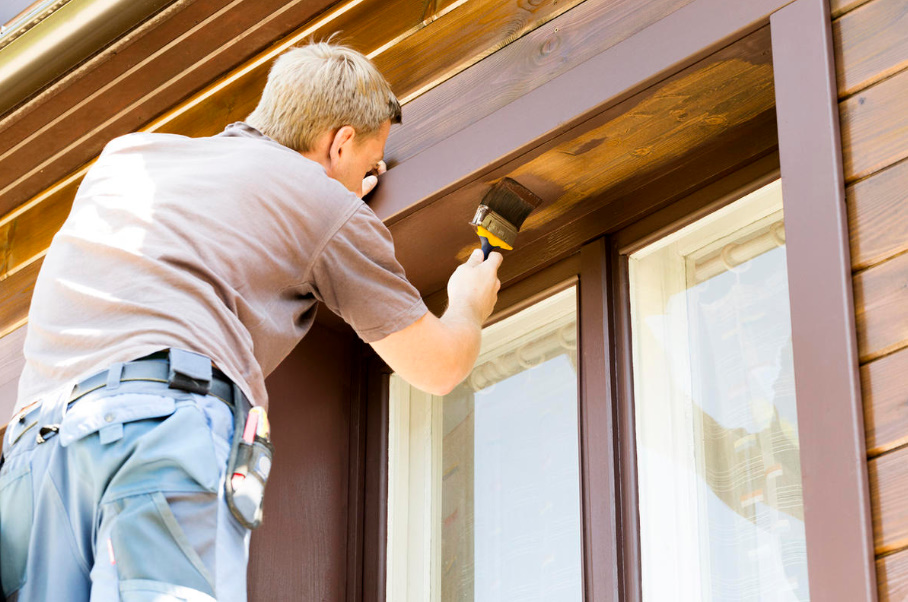
Wood is often used in the decoration of country houses and outbuildings. Over time, the paintwork of the facade becomes unusable, and if the question of replacing the cladding of the house is not worth it, then it needs to be repainted.
Wooden country houses, which are more than 20 years old, are mostly painted with old paints. They do not contain additives that are in new coatings. It is thanks to these additives that modern formulations are resistant to prolonged weather conditions and reliably protect wood. Now there are a large number of various paint and varnish materials on the market, among which you can choose an option that is suitable for the price and color.
Another important point: the paint used to paint old houses and buildings may contain lead compounds as a pigment. Sometimes in hardware stores you can find a kit for testing for the presence of lead. If the test gives a positive result, it is better not to remove such paint, but simply wash the wall painted with it and paint again.
Surface preparation
In order for the renovated facade to last a long time, it is necessary to carefully prepare its surface. Often it takes even longer than coloring. Carefully inspect the facade: surely the old paint has cracked in places, peeled off somewhere, and possibly tarnished due to the effects of fungus and dirt. Remove the old coating from the surface. This operation can be performed in one of the following ways, or by combining some of them.
Removing paint with a scraper
This traditional method is suitable for wood and fiberboard panels. When working with the scraper, lightly press it with equal force when moving first in one direction and then in the other, at an angle of 90 °. In corners and on a curved surface, use triangular or oval shaped shaped scrapers. Try not to damage the wood — do not put too much pressure on the tool.
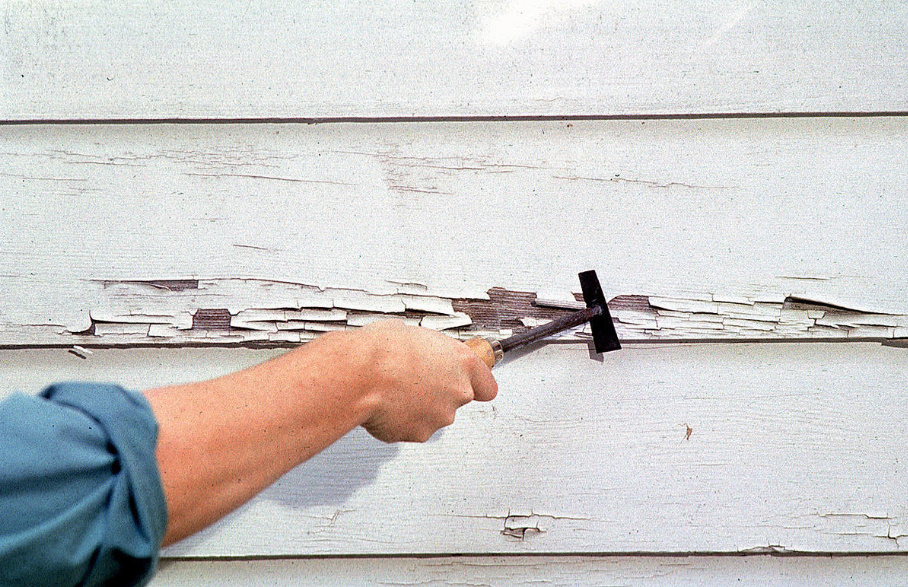
Grinding
The areas treated with a scraper should be sanded. A grinding machine, such as a belt type, can be used exclusively on wood. Do not try to treat stone, aluminum, plastic surfaces, or fiberboard with it.
Chemical agents
It is rational to use such cleaning if the old paint cannot be removed otherwise. Strong-acting organic washes well remove most organo-diluted and water-based paints, primers, stains and varnishes.
Apply the rinse sequentially, on small areas of about 0.2 m2, using a brush made of natural bristles. When the composition is absorbed, carefully remove the softened paintwork with a spatula or wooden spatula.
Removal of fungus and mold
These black, brown and gray spots on the facade are not easy to remove, but if this is not done, microorganisms will germinate through a layer of new paint. As a rule, they appear on the northern wall of the building and in shaded areas, under decorative linings and cornices. The fungus can be removed with a fungicidal wash or bleach mixed with water in a ratio of 1:3. Apply the wash to the affected areas and let it “sour” for 20-30 minutes. Then rinse the treated areas with water.
Choosing a tool
High-quality brushes usually have long bristles and a separator to create a larger reservoir for paint. A good brush has longer bristles in the center and shorter at the edges. This means that the composition is applied evenly and smoothly with such a brush.
Give preference to brushes with a handle made of untreated wood to brushes with plastic or painted wooden handles: untreated wood does not slip in the hand. When using a well-made brush, the coating is applied with a thick and even layer, which will provide good hiding power and durability. A smooth surface without brush marks is less susceptible to fungus damage.

A high-quality roller can be determined by the thick and fluffy pile. Such a “painter’s assistant” absorbs more paint and holds it better, preventing splashing and the formation of streaks. A good tool keeps its shape, does not leave lint on the surface, it can be used many times.
For competent application of organo-diluted paints, rollers made of sheepskin or natural mohair are suitable. Synthetic rollers are ideal for applying waterborne and sometimes organo-diluted products. Products with a short pile (from 6 to 9 mm) are used for painting smooth surfaces, with a long one (from 12 to 25 mm) — for an uneven stone surface.
The world of colors
Modern paints adhere well to the surface, perfectly hide irregularities, are more resistant to chalking, tarnishing, contamination and fungal infection. In addition, they are quite economical, especially in terms of service life.
Water-soluble paints and varnishes retain their color and shine longer than organo-soluble ones. They are resistant to chalking, cracking and peeling in the long term. Organo-soluble provide good hiding power even when applied in just one layer and have very good adhesion to grinding surfaces.
Paints based on pure acrylate have an advantage over paints based on vinyl acetate copolymer, as they are characterized by good adhesion in conditions of high humidity, when it is important to avoid peeling and the formation of bubbles. And such coatings are more resistant to moisture, absorb less water and dry faster, which minimizes the accumulation of dirt, inhibits the growth of fungus and algae.
And finally, resistance to the action of alkalis released by fresh masonry means that the color of the paint applied to fresh plaster, concrete or brick will not fade so quickly, and the coating will be resistant to destruction if moisture leaks.
Primer
The primer should be used if the surface of the material is porous or the paint subject to chalking cannot be removed. It is important to apply the primer on previously painted surfaces — to improve the adhesion of the new layer, as well as to ensure the uniformity of the gloss of the finish coating.
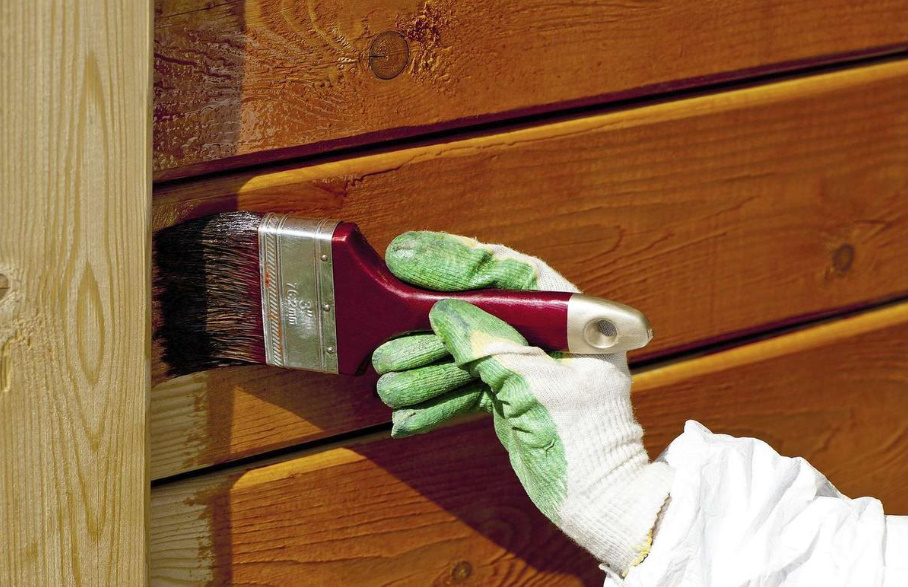
According to the rules, any unpainted surface must be primed first. In most cases, both an organo-diluted and a water-diluted primer can be used, but in order to prevent substances from seeping from the substrate into the paint layer, it is better to take an organo-diluted one.
Read the manufacturer’s recommendations for working with the composition: what area can be covered with one liter of product, how long it takes to dry, whether it is necessary to apply a second layer of primer. These factors are very important for obtaining a high-quality result of work.
A sealant is necessary!
The use of a sealant prevents various substances from getting on the wooden surface, closes insect manholes and gives the house a neat, finished look. Inspect the previously sealed areas, and remove the sealant that has cracked and falls out.
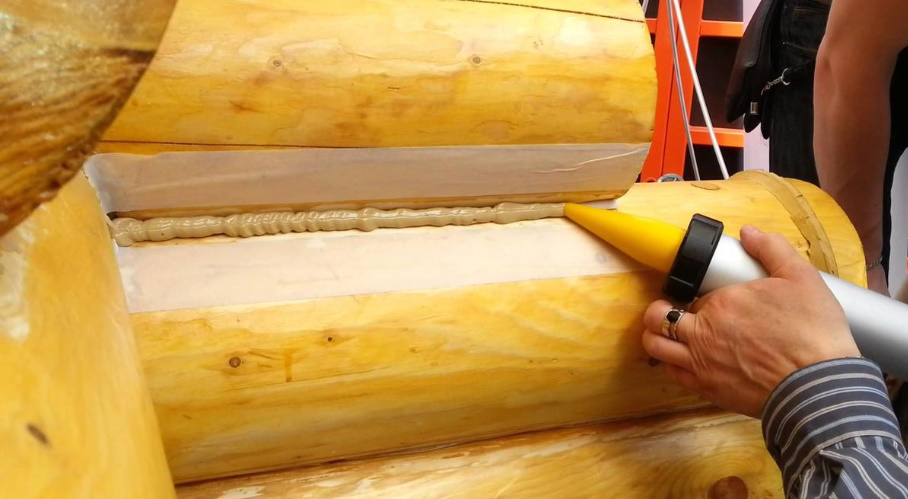
If you intend to paint these places again, treat them with a scraper and clean them from dirt. Apply the sealant into cracks and holes up to 12 mm wide. For external use, acrylic or acrylic-silicone compounds are suitable, and silicone — for finishing.
At the junction of building materials that you are not going to paint, apply a transparent acrylic sealant for cosmetic purposes.
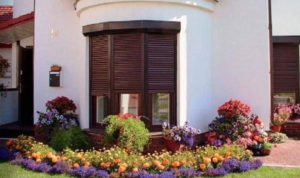



Leave a Reply